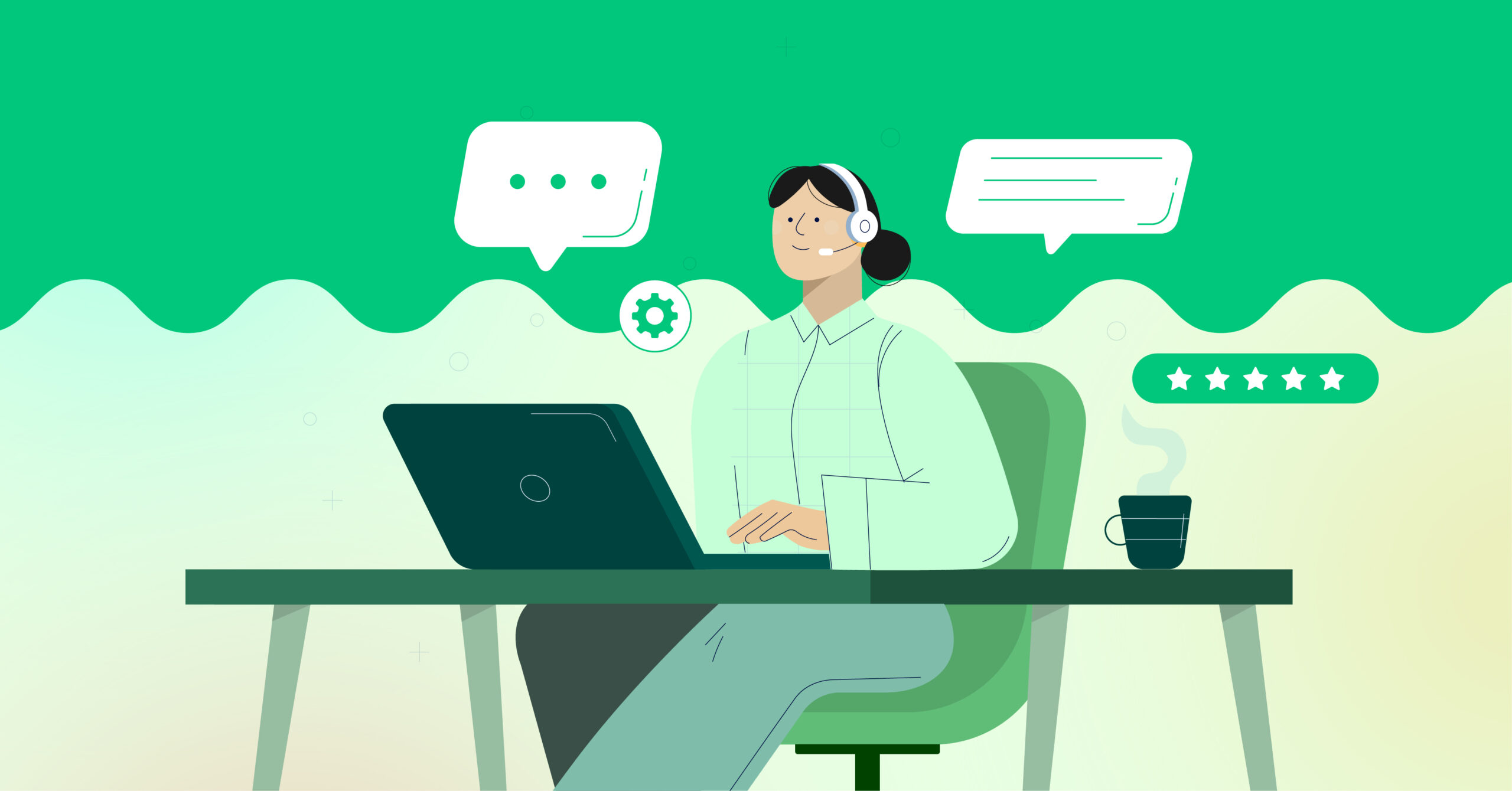
Effective Customer Support Strategies
By Rasel Siddiqe
February 18, 2022
Last Modified: November 13, 2025
Customer retention is by far the most difficult part of any long-term business strategy. After all, it can take up to 5-25x more investment to acquire a new customer compared to retaining an existing one. The question here is, does customer retention only depend on how great your product or service is? The short answer is no. It depends on your strategies for customer support more than you might think.
Let’s consider the customer acquisition process to get a better grip on what we are about to get into.
When a customer chooses your offerings over your competitors, they make a conscious choice guided by your marketing efforts. However, once they’ve actually purchased from you, the marketing thought chain doesn’t exactly work in favor of another following purchase. At least not as significantly as marketers would like it to.
So what might be the initiator for repeat purchases or renewals? Enter stellar customer support.
Why improve customer support strategies?
To make the most of such opportunities, it’s important to have a customer support team. To be the best at their work, customer support teams need to have a broad perspective of their role. They have to think beyond answering individual questions.
Their ultimate job is to understand the type of customer and their goals and help them reach those goals. Call it the customer retention team, and it won’t be wrong.
All of this is based on the Service-profit chain framework developed in 1994. The framework connects customer profitability, and loyalty, with employee satisfaction, loyalty, and
productivity. It goes on to iterate that customer loyalty is the primary stimulator for profit and growth.
In turn, loyalty is generated by creating customer satisfaction. Satisfaction arises from value, mainly the value customers expect from your business.
Your employees are responsible for delivering this value. Only when your employees are completely onboard with your business will they go the extra mile to generate that value.
So, in order to retain customers, you need loyalty. This loyalty comes from satisfaction. Your employees are meant to create this satisfaction with the best customer support your clients have ever seen!
7 Strategies to improve customer support
So the idea to improve retention rates is to offer excellent support. Here we look at 7 support strategies that can help you retain more customers.
Make support consistent
The first and foremost responsibility of a customer support team is to deliver consistent and reliable service to customers. The point can’t be stretched enough, especially because research shows that customers are more likely to leave businesses because of poor service. Having an active, helpful mindset is crucial to avoid customers feeling taken for granted.
Track support metrics
Knowing your most valuable customers and understanding the buying cycle for the business makes empathizing with customers easier. Having a grasp on how product usage correlates to retention helps customer service teams focus and evaluate their efforts.
Finding a reliable source for this information in your finance or business analysis team can help you better understand the numbers that drive your business. In turn, this helps to evaluate the efficacy of your support strategies. The best helpdesk plugins offer in-depth reports for you to compare sales to support ratios.
Get detailed reports for the whole team along with individual performance.
Smoothen out customer onboarding
In most cases (bar a few), there can be an extended period between a new customer’s onboarding and when they start receiving the value that marketing or sales representatives might have promised them.
Customer service teams have to play the demanding role of bridging this gap by elaborating features, suggesting necessary optimizations, or spotting problems beyond a customer’s expertise. Through these steps, customer support enables customers to gain the optimum value from their purchases.
Answer, anticipate, and elaborate
This three-part model can change the very approach for any support team. Implementing this is simple, and yet the effects can be measured right away.
Answer: Provide the customer with the information they asked for.
Anticipate: Consider the questions they are likely to ask next and answer them too.
Elaborate: Preemptively offer resources, i.e., documentation, a video, or other contextual information that might help customers before needing to come back and ask again.
Educate customers, don’t just answer
Being purely reactive isn’t the best course for customer service teams. Knowledge base articles, webinars, video guides, and other resources help people before they even know what to ask. More importantly, it offers a sense of accomplishment and satisfaction to the customer towards the purchase as well as an understanding of the product.
Personalize the experience
Customers love to feel seen and valued. Personalization is a good way to create this feeling for customers. There are a number of ways to add personalization to your customer support interactions.
For instance, my bank always picks up my calls and addresses me by name. They have my contact saved along with additional information. So no matter who the agent they already have my name and previous history.
The last time I called, it was on my mother’s birthday, they promptly asked about her and provided a greeting on behalf of the company.
All this adds very little value to the service that I want from them. All it did was make me feel a little more valued and appreciated. This is what separates good support from great support.
Reduce customer effort
Improving responsiveness and self-service options with the knowledge base and workflow automation can directly reduce the effort a customer has to put in to use your product or service effectively. Customer effort is a key indicator that signifies how intuitive the experience is, affecting retention and the overall evaluation of your integrity.
Hone recovery
We’ve already said that support interactions are an opportunity. When something isn’t working, your customer service team has a chance to create a loyal customer. Firstly, by making the problem go away and secondly by making the customer feel valued. A customer who faced problems but got the support they expected is way more loyal than a customer who never had expectations that needed to be met.
How to measure the impact of customer support
Understanding the precise impact of customer support on retention is complex. Only when you combine several quantitative and qualitative measures can you see the big picture. Here are some to get you started.
Find correlations between support and retention
One of the questions that really make things clear is, are customers who interact with your support team more likely to repurchase or continue a subscription compared to those who don’t?
If the answer’s yes, that sets the stage for you to go and check what the interactions were exactly. This will help you find the aspects that retain customers.
Similarly, if the answer is no, then you have to figure out if there are other factors that are driving customers away.
Review “lost customer” feedback
Customers that leave you usually have a much more concrete reason than the reasons a customer might have for staying. Hence, lost customers’ opinions and feedback is a treasure trove.
It’s usually good to ask customers why they chose to leave. The reasoning can point to the fronts where you need to tweak your strategies to improve customer experience and retention.
Read external review sites
Review sites are your friend. G2, Capterra, Yelp, Booking.com provide loads of qualitative commentary and valuable insight. Especially on why people choose to use certain products or choose to dump others. Recurring themes in the way customers describe a service or experience can tell a lot about where to improve customer interactions.
Personal Experience
Customer support is a playing field of impulses and sensitivity. Pre-emptive actions can change the game, whereas sloppy workarounds can get you ditched. But there’s no way to deny the huge impact customer support can play.
I’ll go ahead and end with a personal insight. I had to switch ISPs when I relocated. While the previous ISP was great in terms of service, they were terrible at customer interaction, to say the least. The ISP I switched to offered somewhat standard service but picked up my calls whenever I had issues. Now after relocating again, guess the ISP I stayed with.
Yes! The ISP that picked up my calls and notified me beforehand of expected issues. I hope this point motivates you to strive for better customer support.
Until next time, happy serving.
Start off with a powerful ticketing system that delivers smooth collaboration right out of the box.







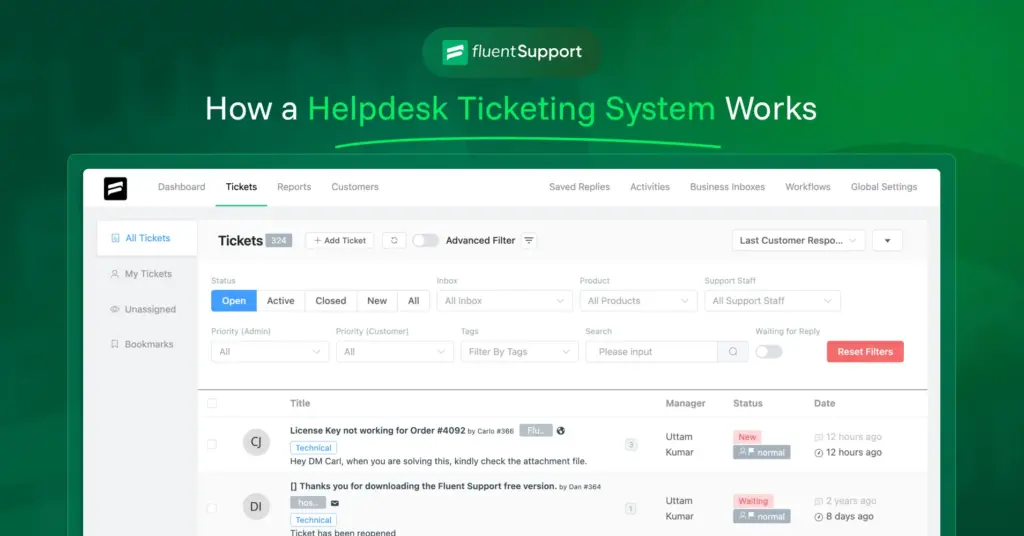
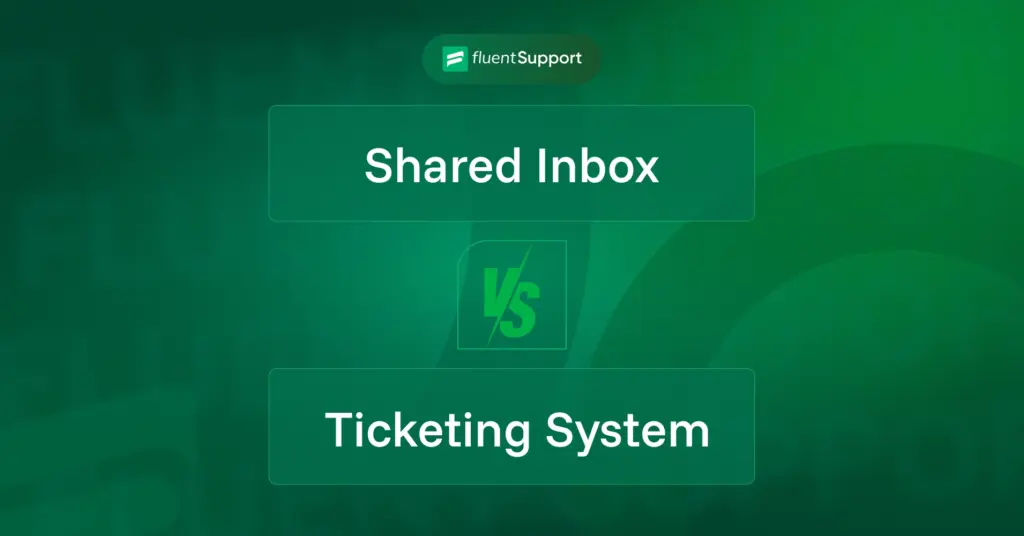
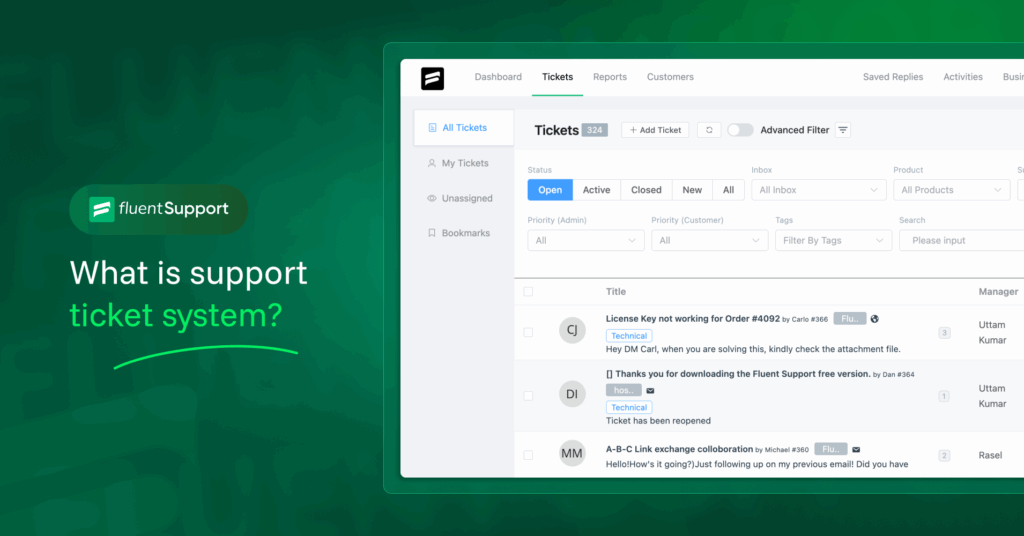
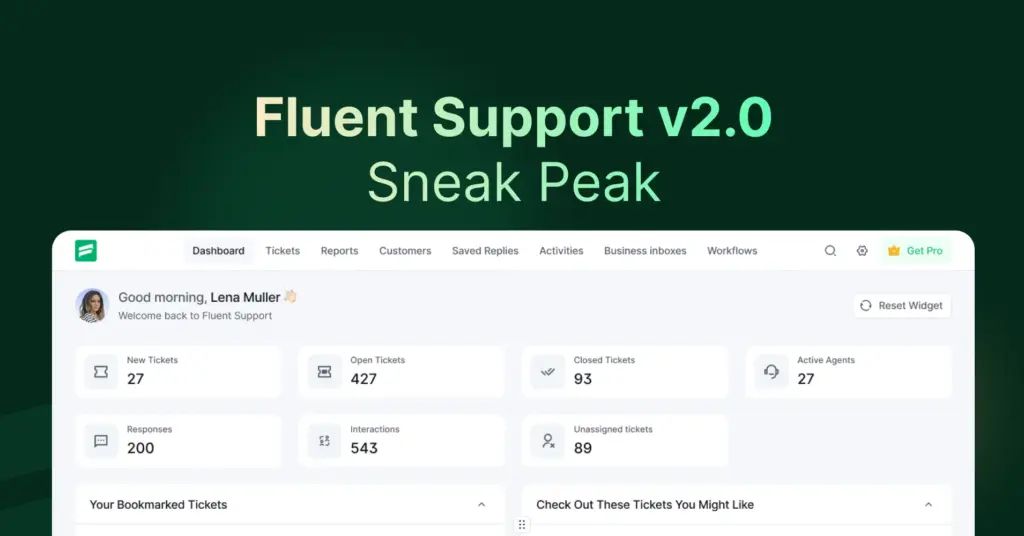

Leave a Reply